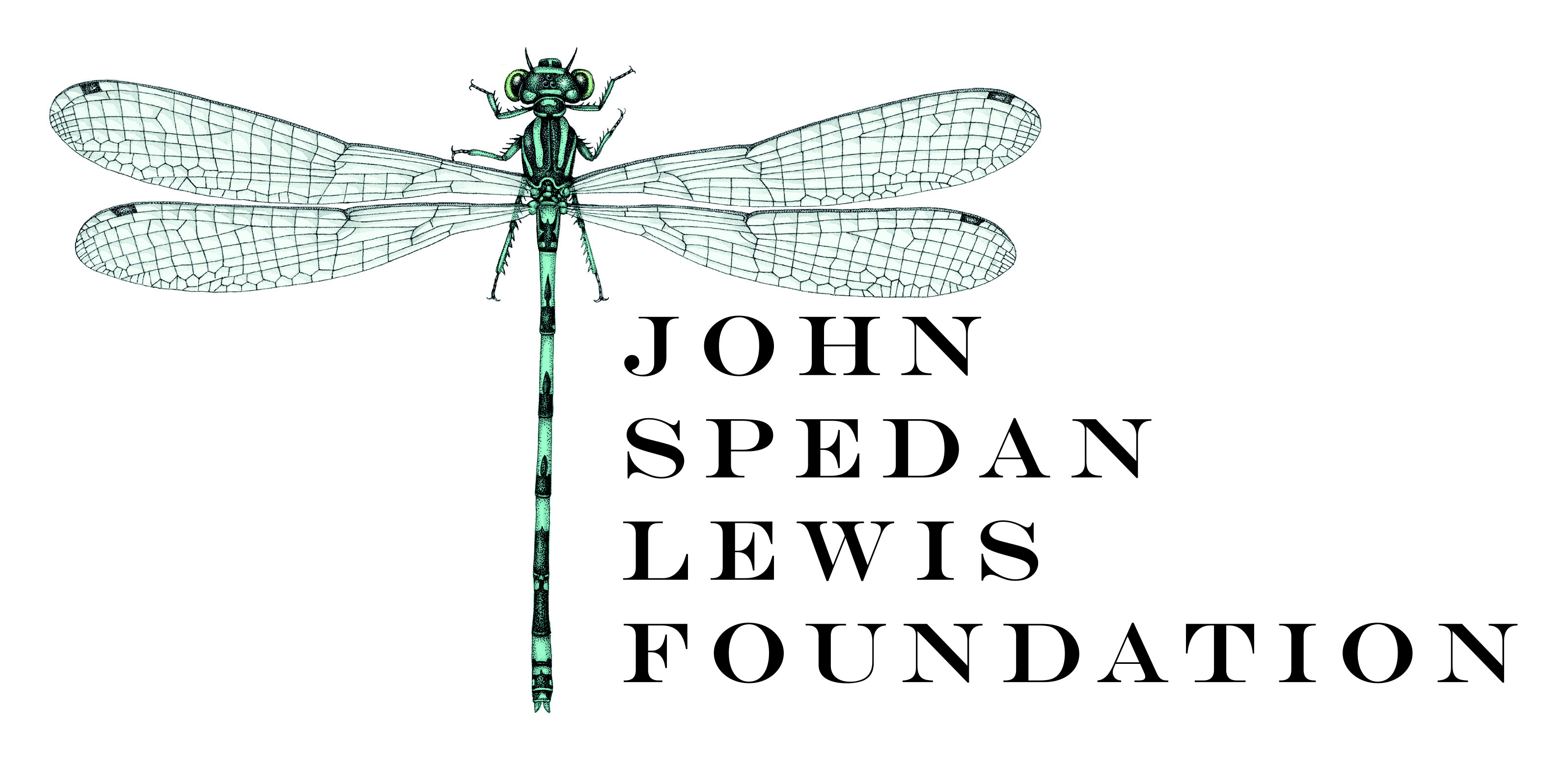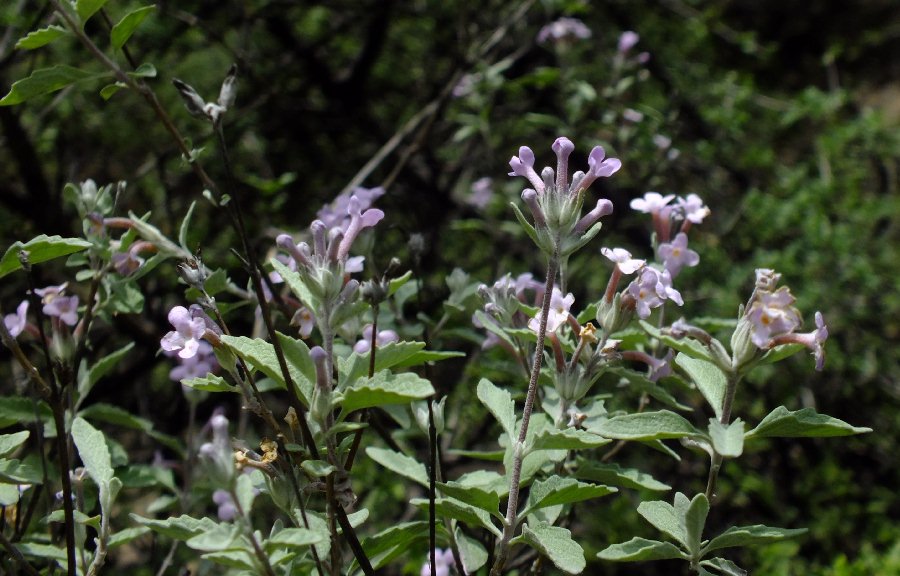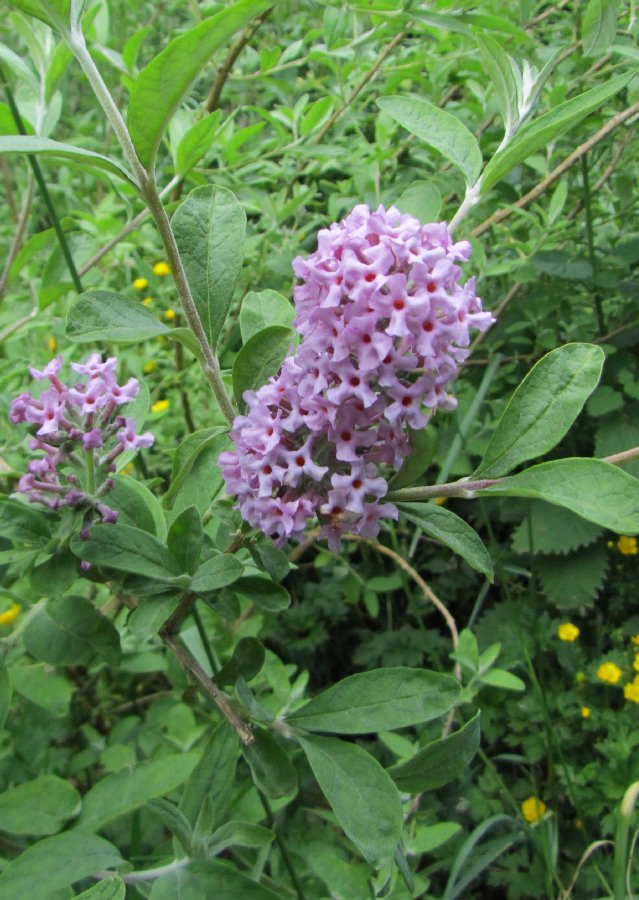Buddleja caryopteridifolia
Sponsor
Kindly sponsored by
The John Spedan Lewis Foundation

Credits
Andrew Large (2021)
Recommended citation
Large, A.T. (2021), 'Buddleja caryopteridifolia' from the website Trees and Shrubs Online (treesandshrubsonline.
Genus
Synonyms
- Buddleja caryopteridifolia var. eremophila (W.W. Sm.) Marquand
- Buddleja caryopteridifolia var. lanuginosa Marquand
Other taxa in genus
- Buddleja albiflora
- Buddleja alternifolia
- Buddleja araucana
- Buddleja asiatica
- Buddleja auriculata
- Buddleja colvilei
- Buddleja cordata
- Buddleja crispa
- Buddleja crispa × lindleyana
- Buddleja curviflora
- Buddleja davidii
- Buddleja delavayi
- Buddleja fallowiana
- Buddleja fallowiana × davidii
- Buddleja FLUTTERBY™ Series
- Buddleja forrestii
- Buddleja globosa
- Buddleja glomerata
- Buddleja japonica
- Buddleja lindleyana
- Buddleja LO AND BEHOLD® Series
- Buddleja longiflora
- Buddleja loricata
- Buddleja × luteolufaucia
- Buddleja macrostachya
- Buddleja marrubiifolia
- Buddleja megalocephala
- Buddleja 'Miss Ruby'
- Buddleja 'Morning Mist'
- Buddleja myriantha
- Buddleja New Dwarf Hybrids
- Buddleja nivea
- Buddleja officinalis
- Buddleja 'Orange Sceptre'
- Buddleja paniculata
- Buddleja × pikei
- Buddleja 'Pink Delight'
- Buddleja saligna
- Buddleja 'Salmon Spheres'
- Buddleja salviifolia
- Buddleja 'Silver Frost'
- Buddleja speciosissima
- Buddleja 'Summer Beauty'
- Buddleja virgata
- Buddleja × wardii
- Buddleja × weyeriana
- Buddleja × weyeriana Hybrids
- Buddleja 'Winter Sun'
Shrub of compact and globose habit, 0.2–1.5 m tall. Branchlets subterete, densely stellate tomentose. Leaves petiolate; leaf blade ovate to triangular or narrowly so, 1–3 × 0.5–1.5 cm, tomentose on lower surface, often glabrescent above, base mostly rounded to cordate, margin crenate-serrate, or shallowly lobed, apex acuminate. Inflorescences terminal, small cymes, 4–8 cm, of relatively few flowers; bracts conspicuous and numerous, often longer than the flowers. Calyx campanulate, 4–6 mm, outside densely stellate tomentose, interior glabrous; lobes ovate to triangular, 0.8–1.7 mm. Corolla pale rose-lilac to lavender, with an orange throat, lobes suborbicular, diameter 5–8 mm, corolla tube 0.7–1.6 cm long, outside densely to sparsely stellate tomentose. Stamens inserted slightly at middle of corolla tube; anthers sessile. Pistil 2.5–4 mm. Ovary ovoid, 1.2–2 mm, stellate tomentose. (Smith 1914; Marquand 1930; Zhang et al. 2014).
Distribution China Sichuan, Yunnan
Habitat Dry stony hillsides, open situations in dry pasture and scrub, at c. 3000 m asl.
USDA Hardiness Zone 8-9
RHS Hardiness Rating H4
Conservation status Not evaluated (NE)
Taxonomic note Leeuwenberg (1979) controversially sunk several species into B. crispa. Recent research has re-established one synonymous species, B. caryopteridifolia, as distinct (Zhang et al. 2014) and this is treated here as a species in its own right.
There is some confusion around the early collections of this species. It was first described from a flowering specimen collected by Forrest in Yunnan in 1913 (Smith 1914), but no seed was introduced on that occasion. The plants once cultivated under the name B. caryopteridifolia derive from seed sent by Forrest during his 1921–23 expedition, raised at the Royal Botanic Garden Edinburgh and at Highdown. Later, Cotton (1947) named the Highdown plant B. sterniana, in honour of Sir Frederick Stern, now sunk as a synonym of B. crispa. Bean (1976) considered it unlikely the authentic B. caryopteridifolia was ever in cultivation, although Fletcher (1954) describes a cultivated plant that could be B. caryopteridifolia. The current author believes the plants now labelled as B. caryopteridifolia in the horticultural trade and in gardens represent an unidentified hybrid of B. alternifolia, possibly B. × wardii or a similar hybrid, whose foliage can be opposite, sub-opposite, and alternate on the same plant. The authentic B. caryopteridifolia always has opposite leaves and does not appear to have survived in ex situ collections.
Bearing some similarity to a small or immature B. crispa (of the type previously described as B. sterniana), B. caryopteridifolia typically has very small inflorescences of few pale lilac-pink or grey-lavender flowers, densely tomentose stems, and small glaucous leaves with a crenate to shallowly lobed margins. B. caryopteridifolia is autumn flowering in contrast to all types of B. crispa, which flower in spring to early summer. It can be distinguished in the field from B. crispa by its smaller inflorescences, longer bracts, significantly smaller leaves, and more compact habit. The chemical constituents of the flower-scent have been shown to be different in the two species; genetic studies have likewise confirmed they are distinct (Zhang 2014).


